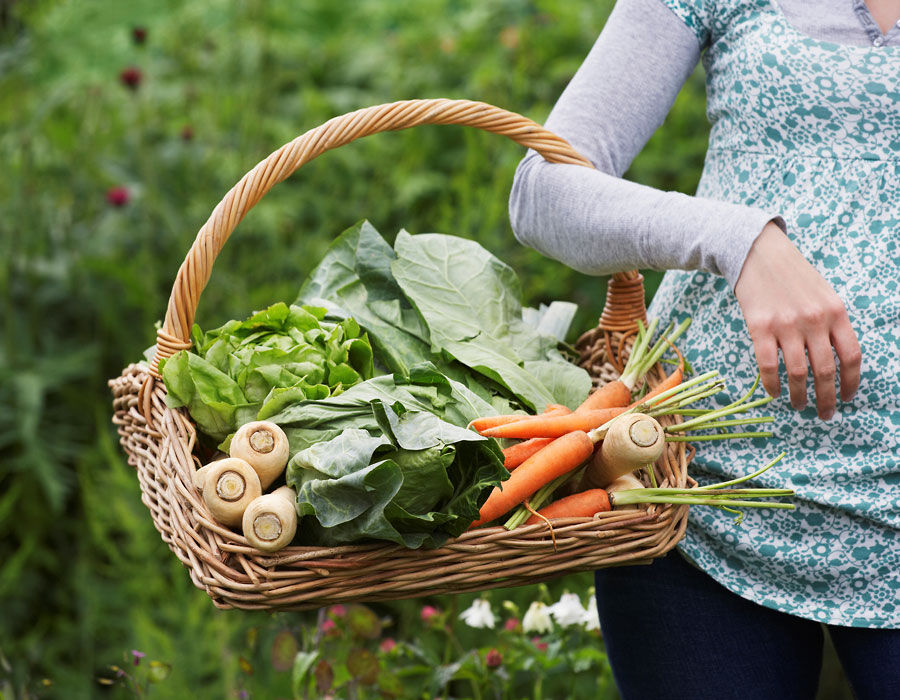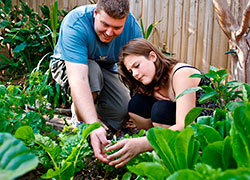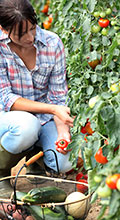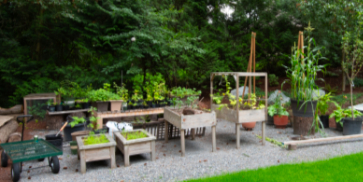
Gardens you can eat are becoming a hot, sustainable landscape trend.
Imagine a cool, crisp, refreshing salad full of color and flavor. Typically we head down to the local grocery store or, if we are really committed to fresh, locally grown produce, a neighborhood farmers market. What if, instead of a shopping trip, you could stroll through your own yard and harvest the freshest, most flavorful ingredients. There's a growing trend, often referred to as "edible landscaping", that provides just that.

Edible landscaping is the constructive integration of edible plants and trees in the midst of decorative plantings or in specifically designed spaces. The result is a landscape that serves a dual purpose – to beautify your property and feed your family. Similar design principles used for traditional ornamental landscapes are used for edible plants. Common edibles such as lettuces, vegetables, herbs and fruit trees not only provide the freshest produce possible, they also add unique aesthetic appeal. In addition, there is the economic benefit of saving the cost of skyrocketing produce prices. As with any successful landscape, careful, knowledgeable planning will result in a landscape that is not only attractive and functional but flavorful as well.
Whether your yard is large or small, level of on a hillside, it can accommodate an edible garden. There are edible plants that are flavorful, fragrant and visually appealing for nearly any soil condition found in the Northwest.

- Fruit Trees & Vegetables Make sure you plant the right plant in the right place.
- Rocky Poor Soil Many herbs as well as potatoes can thrive in rocky, poor soils.
- Shady Areas Rhubarb, raspberry, filbert/hazelnut, mints, chard, lettuce, asian greens and evergreen huckleberry all grow well in shade.
- Wet Areas Wet locations are suitable for some shrub fruits like blueberries and vegetables like cabbage and kale.
- Hillsides/Walls/Decks Climbing plants like pole beans, cucumbers, many berries and grapes often do well. Thimbleberry, red huckleberries and salad shrubs not only provide edible berries but help control erosion on hillsides.
- Containers Vegetables, tomatoes, peppers, lemons and limes and many more difficult to grow edibles can successfully be grown in containers because you have more control with soil, water and sun.
Including edible plants in your landscape requires planning and knowledge. Without it, your crop may be disappointing.
- Save Money Produce and fruits are expensive. Grow your own and take the savings to the bank.
- Freshness Nothing is fresher or tastier then harvesting fruits and vegetables from your own yard.
- Rewarding Eating what you grow is both interesting, inspiring and personally rewarding. You're going to love it.

Whatever your reason to consider edible landscaping, Reynolds Landscape can help. We know Northwest plants, edible and ornamental, soil, and climate, and can help create a sustainable, edible landscape for you. Click Here for a consultation.